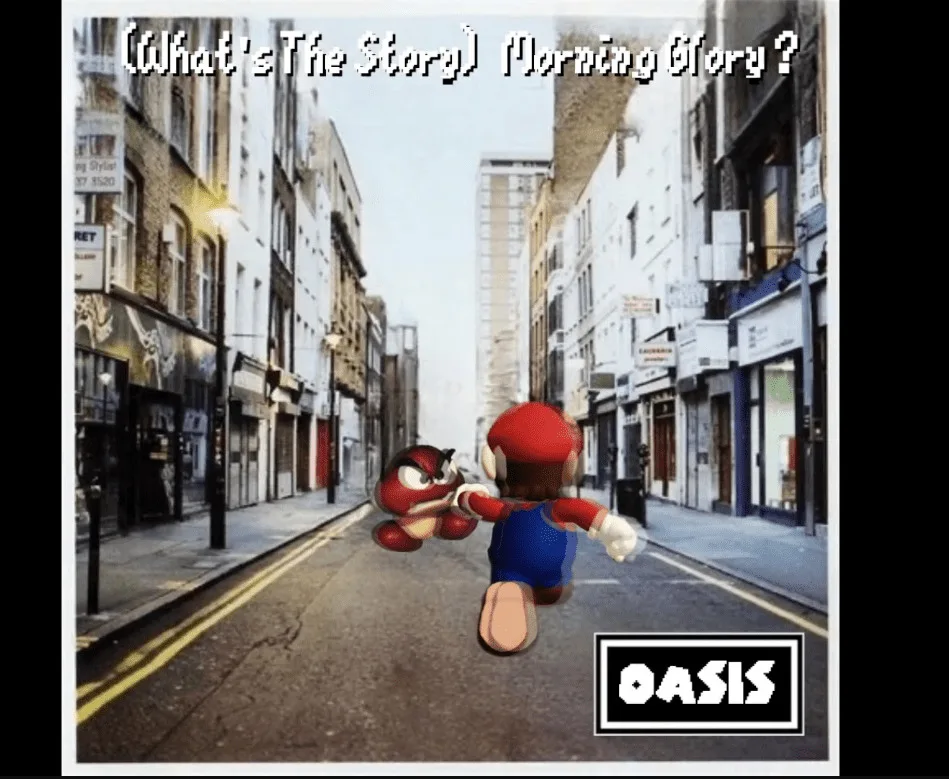
By applying the MIDI instruments of Super Mario 64 to classic songs, a wave of musicians have invented a new genre: SM64core…
How do you recognise the moment a new musical genre is born? Generally, a music genre is only really talked about years after its actual creation. While it’s happening, people are usually more busy enjoying the music itself rather than writing down or discussing how important it is. But with the internet, of course, everything’s much faster. Memes are born and die every minute; stars are created and forgotten in a fortnight – and new musical genres can come and go within days.
That’s what happened, for example, with the birth of vaporwave or even Soundcloud rap. But, while it’s doubtful whether SM64core can truly be defined as a new genre, artists and listeners have quickly realised that they’re listening to something different.
Over the past two months, YouTube has been invaded by covers of famous songs created using the Super Mario 64 SoundFont. Basically, by using an old MIDI file of a tune and switching the original SoundFont file with that of Nintendo’s 1996 3D platformer, you can create a SM64core track. This isn’t even a new thing: a quick search on YouTube reveals that the first videos to use the idea date back to last year.
While the genre doesn’t really have rules, it’s pretty easy to recognise a song as SM64core: it just has to use the instruments from the game’s original soundtrack. Clearly, a song that swaps a few instruments or the singer’s voice with that of Mario or Peach wouldn’t qualify as SM64core.
This SM64core wave goes well beyond just covering a familiar song, however; composers often go as far as recreating entire albums using the game’s MIDI instruments. As for the selection of artists covered, it might provide a clue to the average age of the artists and audience involved: Radiohead, Oasis, Linkin Park and Rage Against the Machine are among the familiar names.
As a genre, SM64core seems tailor-made for a millennial audience. But those looking for something a bit more classic won’t be disappointed, either, since it’s easy to also find covers of songs by artists from the 1960s and 70s, such as the Beatles, Led Zeppelin and the Rolling Stones.
Naturally, the question arises: why would anyone listen to a Super Mario 64 SoundFont cover when the original song is also readily available on YouTube? There are several reasons. While the first and most obvious reason is nostalgia, there’s something more magical going on: it’s about listening to something familiar through a filter that is both nostalgic and new.
The artists we spoke to for this piece seem aware that they aren’t making anything particularly ground breaking. YouTube’s verymilkee, whose channel is filled with tracks like, ‘Daft Punk’s Discovery, but with the SM64 SoundFont,’ is even more self-effacing about the whole scene. “Anyone with a computer and an internet connection can create the same content that we do,” they say. “Talent has nothing to do with it at all. It’s cheap tricks, smoke and mirrors.”
By contrast, YouTuber fxsnowy – whose own channel is full of tracks that mix video game music with classic rock – counters that it takes talent to create something people will enjoy listening to. “It’s true that anyone can download a MIDI file and plug it into a SoundFont, but making it sound good is an entirely different story. That’s like saying, ‘anyone with a computer can make music’. Talent is absolutely involved.”
Read more: Making an earworm – the hidden magic of video game music
Indeed, other creators confirm that, while they initially took just a couple of hours to create a cover using the Super Mario 64 SoundFont, their latest creations can now take days to complete. “I believe those who invest time and effort into selecting the right instruments, recreating the song faithfully, and mixing it properly with good audio production have a future on YouTube,” says fxsnowy. “However, those who do it as a ‘gag’ for quick views… that’s a different story.”
Another creator, clynaack – whose channel is full of cover songs created using SoundFonts from Game Boy Advance titles – says, “I believe that the more effort one puts in their videos, the more people will stick around and come back to it. Otherwise, it’s just meme content that gets listened to once and quickly forgotten”. And they might be onto something, as some SM64 covers are racking up thousands of views at the moment.
There’s something instantly recognisable about the Super Mario 64 SoundFont, which makes it the ideal basis for applying to cover songs. The N64 era as a whole was somewhat unique, in that it was among the last consoles to feature a distinctive look and sound that set it apart from other platforms of the day. The N64’s immediately-recognisable sounds therefore make its games – and their SoundFonts – the ideal fodder for unlikely cover versions.
“I believe that more games from the N64 era should and are being used [for their] SoundFonts,” says verymilkee. “Beyond the Nintendo 64, I would say both Super Metroid and A Link to The Past [on the SNES] have that distinctive sound. They’ve [arrived] at just the right time, when adults are needing nostalgia but also seek comfort in music. It’s the perfect storm. I don’t know if such a perfect thing will ever happen again, to be honest.”
Depending on how accurate the covers are, using Super Mario 64’s SoundFont might also be a good way to avoid the dastardly Youtube algorithm, which often issues users with strike notices if it spots copyrighted music. Still, having content flagged or demonetised can still be a problem for such creators, forcing them to look to other means of sharing and making money from their work. “I believe there should be other ways to monetise this content, as YouTube clearly wouldn’t work,” says fxsnowy. “We can, for example, use Patreon or other sites like it, where the audience can even ask for particular albums or songs to be covered”.
Still, as with all ‘meme’ content, the moment articles are published about it, the wave is probably already long gone. On this, all creators seem to agree: the SM64core has reached its peak and its practitioners are already branching out into other areas. Some creators, such as fxsnowy, are already using SoundFonts from other games, like the Red Hot Chilli Peppers’ Californication re-created using the MIDI instruments from Donkey Kong Country 2.
In some way, the SM64core wave allows people to connect to familiar (or even unfamiliar) music through a nostalgic lens. It’s new content, but it also feels like we are being allowed to access little recesses in our minds, covered with cobwebs, where we’re rediscovering memories we thought were gone forever. That’s probably why someone would choose to listen to the full 78 minutes of Tool’s Lateralus re-made with the Super Mario 64 SoundFont. Or, well, they might just be masochists.
It also allows people who might not really be familiar with music to approach such new concepts as audio mixing and production. While it might seem like a strange place to start, creating a SM64core track is still a good way to learn those musical concepts.
verymilkee believes that, while the SM64core wave is on the wane, the idea will live on in other forms. “People will move on soon. Channels will change their focus. However, SM64 SoundFont videos will have forever left an impact on the internet landscape. I imagine years from now, some 12 year-old kid will be randomly scrolling through YouTube and click on a video named ‘Harder Better Faster Stronger with SM64 SoundFont’. That’s the nature of YouTube itself: every small flux in the status quo impacts generations to come.”
Read more: Mr Biffo’s Game History – Early game music was catchier


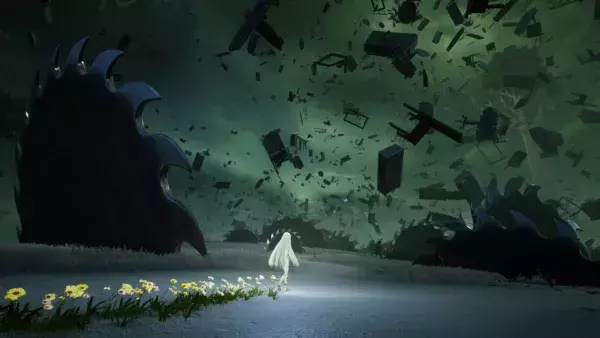
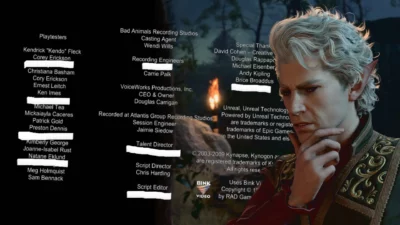
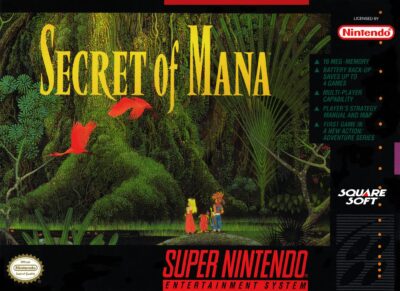
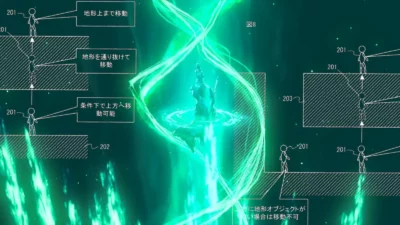
1 Comment
Surprised to see this written about. Maybe you’re right that this article is the death knell of the fad… :)
This has been an interesting movement and I’ve definitely listened to a lot of my favorite millennial music through it.
However this trend is a lot newer than just last year. I’m not sure how to find old videos on YouTube but people have been covering music with the Sega Genesis soundfont for a long time due to its distinct tone.
For example Africa by Toto was covered by the SNES soundfont 8 years ago.